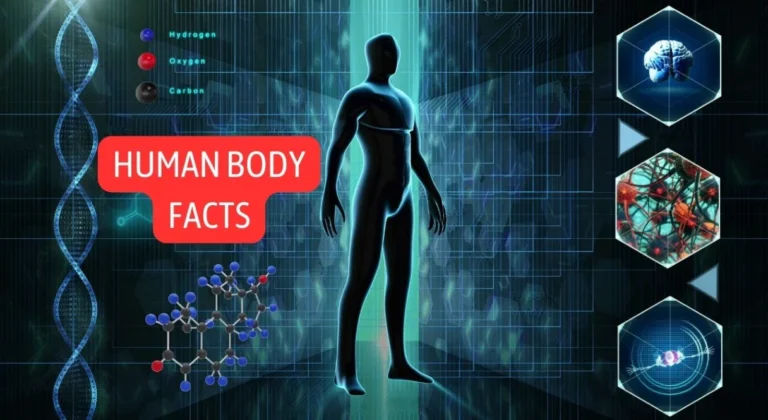The pictures we use in our articles might not show exactly what the words say. We choose these pictures to make you interested in reading more. The pictures work together with the words but don’t take their place. The words still tell you the important facts.
The human body is a masterpiece of creation, with each part playing a crucial role in our everyday movements and stability. One such vital part is the ankle, a small but mighty joint that connects the foot and the leg. It is responsible for supporting our weight, enabling us to walk, run, jump, and engage in various activities.
But there is more to the ankle than meets the eye. It is a complex structure composed of bones, ligaments, tendons, and muscles, all working together harmoniously to provide stability and mobility. In this article, we will take a deep dive into 18 fascinating facts about the ankle that will give you a newfound appreciation for this remarkable part of the human anatomy.
Unveiling the Anatomy of the Ankle
-
The ankle joint is made up of three bones: the tibia, fibula, and talus bones. These bones work in tandem to provide support and flexibility to the foot, allowing effortless movements like walking, running, and jumping.
-
Ligaments are key players in ankle stability. The ankle is fortified with several ligaments that connect the bones and provide stability. The anterior talofibular ligament, in particular, is prone to injuries during sports or accidents.
-
Ankle flexibility is vital for injury prevention. Flexing your foot downward (plantarflexion) and pulling it upward (dorsiflexion) are crucial movements enabled by the ankle joint. These movements are essential for walking, jumping, and maintaining balance.
Common Ankle Injuries and Conditions
-
Ankle sprains are a prevalent sports injury. Due to the ankle's vulnerability and frequent twisting motions, spraining the ankle is common among athletes. Proper strengthening exercises and supportive footwear can help prevent such injuries.
-
The Achilles tendon connects the calf muscles to the heel bone. This tendon, the largest in the body, transmits the force generated by the calf muscles to the heel bone, facilitating activities like walking and running.
-
Arthritis can affect the ankle joint. Osteoarthritis and rheumatoid arthritis are common types of arthritis that can cause pain, inflammation, and stiffness in the ankle joint.
Maintaining Ankle Health and Functionality
-
Ankle fractures can result from trauma or impact. High-impact injuries or forceful falls can lead to ankle fractures, which may require casting, bracing, or even surgical intervention for proper healing.
-
Ankle replacement surgery is an option for severe ankle conditions. Individuals suffering from chronic ankle pain and dysfunction may benefit from ankle replacement surgery, which involves replacing the damaged joint with an artificial implant.
-
Proper footwear is essential for ankle support. Wearing shoes with adequate support and stability is crucial for maintaining ankle health and reducing the risk of injuries. Shoes with good arch support and cushioning can help prevent ankle-related issues.
FAQs: Navigating Ankle Health
-
What are some common ankle injuries?
Common ankle injuries include sprains, strains, fractures, and tendonitis. -
How can I prevent ankle injuries?
To prevent ankle injuries, it’s important to wear appropriate footwear, warm up before physical activity, strengthen the ankle muscles, and be cautious on uneven surfaces. -
When should I see a doctor for ankle pain?
If you experience severe pain, swelling, inability to walk, or recurrent ankle sprains, it’s recommended to see a doctor for proper evaluation and treatment. -
Can I still exercise with a previous ankle injury?
It depends on the severity of the injury and the advice of your doctor. In some cases, modified exercises or physical therapy may help in the recovery process. -
How long does it take to recover from a sprained ankle?
The recovery time for a sprained ankle varies depending on the severity of the sprain. Mild sprains may heal within a few weeks, while more severe sprains may take several months to fully recover.
In conclusion, the ankle is a marvel of human anatomy, playing a vital role in our everyday movements and activities. Understanding and caring for this remarkable joint through proper exercise and footwear is key to maintaining its health and functionality. So, take a moment to appreciate the wonders of your ankles and all they allow you to do!
As you continue your journey of exploration into the intricacies of the human body, remember to cherish and care for each part, including the amazing ankle joint. Embrace the knowledge you've gained about this fascinating joint, and let it inspire you to keep moving forward with strength and grace.

